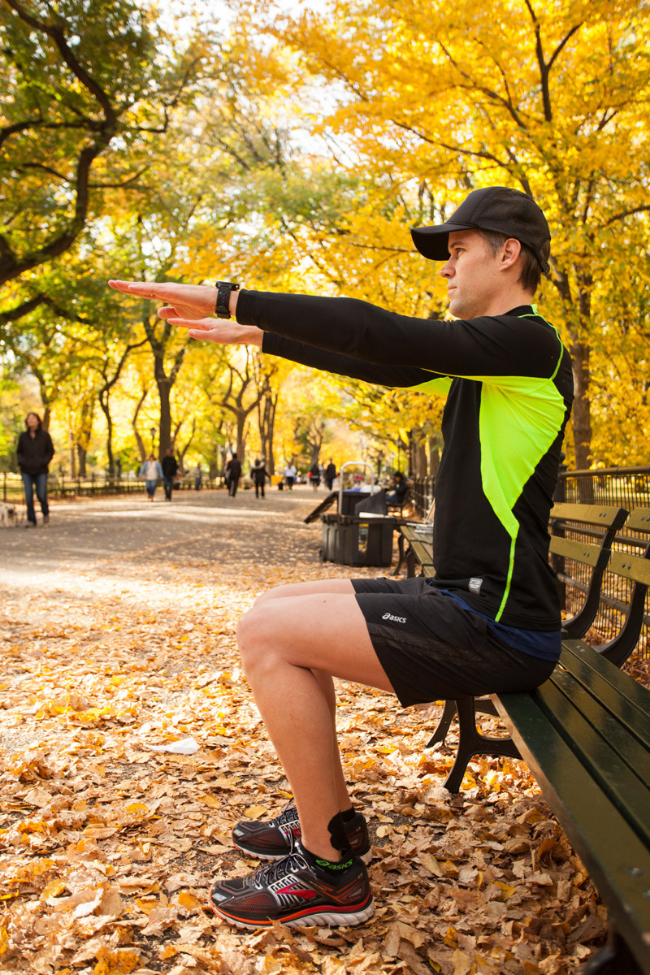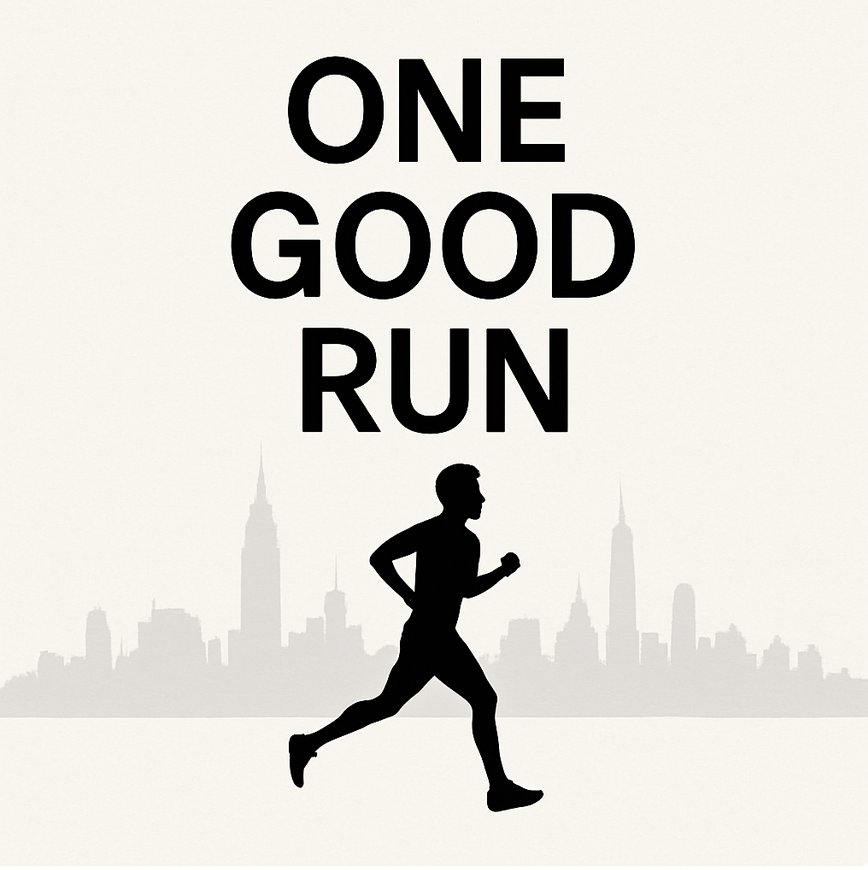This is a 6 week "start running" program. It will get you from the couch to 10km. I'll give you some tips on how to start, how to stay injury free and also include a detailed 6 week running plan.
WE ARE MEANT TO RUN
As a species, we are designed to run, move and be active every single day. As the Homo Sapien evolved around 2 million years ago, our ability to cover long distances (around 20km on a regular basis) gave us a huge evolutionary advantage. We were able to hunt animals efficiently and cooking the meat helped us develop strength and stamina as well as our brains.
If we are meant to run, then why do so many runners suffer from injuries?
WHY 90% OF RUNNER'S GET INJURED
The truth is, running is the most challenging, high level activity you can ask of your body.
Running efficiently and pain free comes on top of a foundation of adequate flexibility, core strength and movement efficiency.
After 20 years of studying human movement, I can say very few of us have the natural foundation to run efficiently.
In the modern age, due to pain, injury, stress and too much time sitting and driving, we are losing touch with our bodies and what it means to have a good physical foundation. Movement compensations and imbalances have become the norm.
Physical therapist Gray Cook states you don't want to put fitness on top of dysfunction. In other words, Move Well, then Move Often.
The thing is, in the short term you can still get by with a less than ideal foundation.
You will be able to run because your amazing body works out a way to get the job done. The problem is, the compensations have a limited time span before they burn out and pack it in. Then you are really stuffed - you're in pain and you can't keep running anymore.
Now you have 2 choices:
(1) Accept that "running is not good for you" and avoid it the rest of your life; or
(2) Learn about how your body works and set a plan to achieve your goals.
The good news is that you can learn to fine tune your body to prepare it for running. You need to be smart and listen to your body - and have patience and dedication. You can overcome your weaknesses and actually turn them into strengths.
7 STEPS TO STARTING A RUNNING PROGRAM AND STAYING INJURY FREE
(1) Take one step at a time.
Rome wasn't built in a day and either is a good foundation. Be disciplined, stick with the program, but above all else, listen to your body. Don't skip steps. Load management is crucial. Many running injuries can be traced back to pushing beyond capabilities too soon in a program. A general rule of them is to not increase your mileage more than 10% per week.
(2) Get yourself a heart rate monitor/GPS watch.
You can get a basic model for under $200. This will help you to get to know your body and also avoid over-training. I recommend the Garmin. Read more about using heart rate monitor here. Seeing your progress over six weeks is great motivation.
(3) Eat well.
When I was training for the New York marathon last year, I was given the advice "nutrition is key". Food is fuel and you will feel much better when you cook fresh food at home. Focus on slow release carbs such as sweet potato, along with enough good quality protein and vegetables.
(4) Get yourself a team of health care professionals.
Chances are at some stage, you're body is going to develop some niggles. Getting them addressed early will likely keep you functioning more efficiently with less pain. Physio, massage therapist, nutritionist and chiropractor will all help keep you balanced and functioning optimally.
See our links page for people we recommend.
(5) Invest in a good pair of running shoes.
Go to a running store and get them to check your running style. According to Rob Robinson, a running coach at the South Australian Road Runners Club, you're better off buying two pairs and you can rotate between the two.
(6) - Do the 7-minute workout regularly.
The perfect cross training and very time efficient. Doing a few rounds twice per week will help develop strength in your core and gluteals; important for running.
(7) Run softly.
Research shows landing on the mid-foot helps improve shock absorption, decreasing the risk of injury. Think about making as least noise as possible as your feet land. Check out the book Chi Running, which goes into more depth about how to run more efficiently. Learn to use gravity and your body's natural elasticity to improve efficiency by 30%.
You could also try a metronome (free download to your phone). Match your step to the beat (170-180 steps per minute is the most efficient cadence).
COUCH TO 10KM PROGRAM
This program is designed to run 3 days per week, allowing days in between for recovery. Alter the days to suit your schedule. Don't worry about running the whole distance. Walk and jog as needed. Always listen to your body!
Tuesday - Tempo Run (T)
This is a moderate-high intensity run. Keep your heart rate between 70-80%. These runs will improve the ability of your muscles to convert oxygen to fuel your body. Warm up before by walk/light jogging for 1-2km.
Thursday - Sprints (S)
Warm-up by walking/gentle jogging for 2km. These sprints are high intensity, you're heart rate should be between 80-90%. Use your arms to power your core. Take 2 minutes rest break between each sprint. These sprints will build power in your legs, as well as improving running efficiency. If you've never run before or are getting back after an injury - take extra care with easing back into these sprints.
Sunday - Long Run/Walk (LR)
The long run/walk is going to help you build aerobic endurance. You are going to build stamina and resilience in the muscles, joints are bones. This is a low-intensity run i.e. keep your heart rate under 70%. Take walking breaks as often as needed. As you progress through the weeks, you should be able to do more running and less walking.
AFTER YOUR RUN
Cool down with a few simple stretches. When you get home, spend 5-10 minutes on the foam roller working over the calves, hamstrings, ITB, quads, adductors and upper back. If you live near the beach, walking in the water can be a great way to finish a run. Ice any hot spots for 10 minutes after your run. Hydrate properly and have a good meal with protein and carbohydrates.
Quads stretch
Calf stretch
DAYS OFF
- Cross training - yoga, pilates, swimming, cycling, 7 minute workout
- Hydration and eating well is important.
- Body work - physio/massage/chiropractic for maintenance.
- Take time to relax.
So that's our 6 weeks plan to get you running 10km.
Please give it a go, have fun and remember to listen to your body.
In the words of Rachel Hunter, "It may not happen overnight, but it will happen".
Thanks to Rob Robinson for contributing his expertise and for more info about joining a start running group in Adelaide, please see the South Australian Road Runners Club Website.
Let me know how you go in the comments box.
Are you interested in an online consultation?
References:
The Story of The Human Body, Daniel Lieberman
Trigger Point Manual, Travell and Simons
Chi Running, Danny Dreyer









































